The drive from Thimphu to Paro took us back along the winding mountain roads, retracing the Wang Chhu river valley. About halfway, we stopped at Tachog Lhakhang, where an extraordinary 15th-century iron chain bridge spans the river. Built by the legendary bridge-builder Thangtong Gyalpo (who constructed similar bridges throughout Bhutan and Tibet), the swaying suspension bridge still uses its original iron chains.
Bhutan - Day 11 - Thimphu to Paro – Phalluses, Music, and Mountain Valleys
Posted on 28/10/25
Day 11: Thimphu to Paro – Phalluses, Music, and Mountain Valleys
We left Thimphu after a fascinating morning visit to the National Institute for Zorig Chusum, where Bhutan's traditional arts are kept vibrantly alive. We watched weavers create intricate kiras at wooden looms, painters meticulously applying gold leaf to thangkas, and artisans crafting handmade paper from the bark of daphne trees using centuries-old techniques.
Bhutan - Day 11 - Thimphu to Paro – Phalluses, Music, and Mountain Valleys 1
Bhutan - Day 11 - Thimphu to Paro – Phalluses, Music, and Mountain Valleys 1
Bhutan - Day 11 - Thimphu to Paro – Phalluses, Music, and Mountain Valleys 1
Bhutan - Day 11 - Thimphu to Paro – Phalluses, Music, and Mountain Valleys 1
Bhutan - Day 11 - Thimphu to Paro – Phalluses, Music, and Mountain Valleys 1
Throughout our time in Bhutan, we'd noticed a distinctive and rather unexpected motif appearing everywhere – brightly painted phalluses adorning house walls, carved into wooden beams, and even dangling as decorative ornaments.
This isn't mere juvenile humor, but rather a deeply rooted tradition connected to the "Divine Madman," Drukpa Kunley, a 15th-century Buddhist saint known for his unconventional teachings. He used outrageous behavior and sexual metaphors to challenge religious hypocrisy and awaken people to deeper truths.
The phallus symbol is believed to ward off evil spirits, bring fertility and blessings, and represents his unorthodox but profoundly spiritual approach to Buddhism. Rather than being taboo, these symbols are treated with reverence and good humor – a uniquely Bhutanese blend of the sacred and the playful.
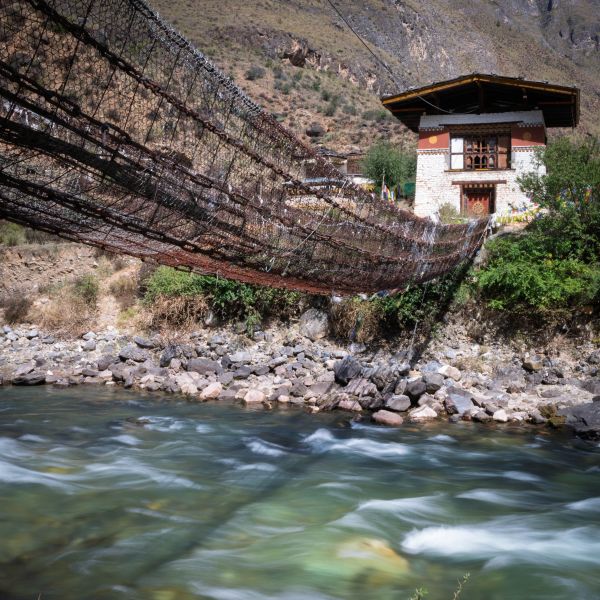
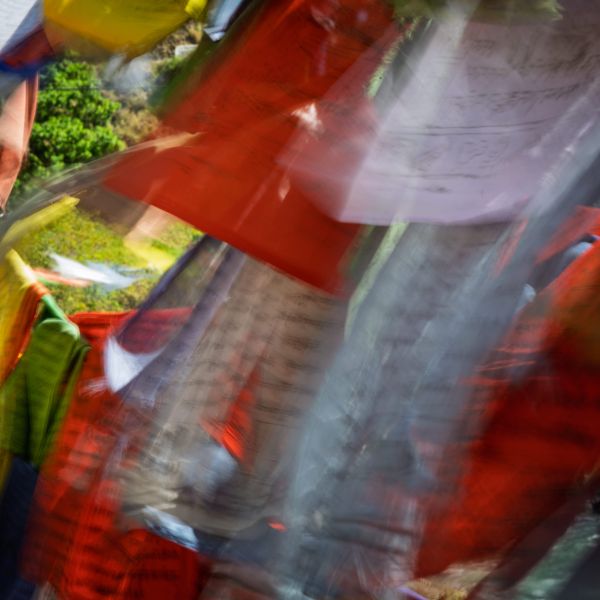
Sadly the bridge was closed but walking across it required a certain leap of faith – with the wooden planks creaking underfoot and the whole structure swaying with each step, while the river churned far below. On the far side, a small temple nestled against the hillside offered a quiet moment of reflection and spectacular views back across the valley.
Arriving in Paro, we made our way to a beautifully preserved traditional farmhouse, home to seven generations of the same family. The thick rammed-earth walls, hand-hewn timber beams, and intricately painted woodwork spoke to centuries of careful stewardship. Our hosts had arranged for local musicians to perform for us – a rare privilege.
The performers emerged in spectacular traditional dress: brilliant yellow robes layered beneath ornate brocade jackets in reds and golds, their faces hidden behind carved wooden masks. The masks themselves were extraordinary works of art – some depicting fierce protective deities with bulging eyes, fanged mouths, and crowned with skulls; others showing more serene beings in turquoise and green with sweeping horns or elaborate headdresses. They carried small hand drums and moved through ancient dances, the masks lending them an otherworldly presence.
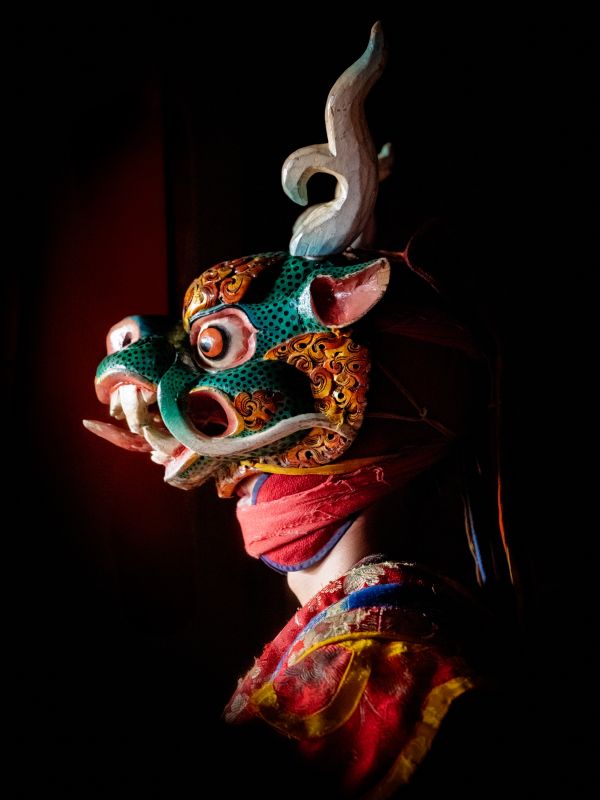
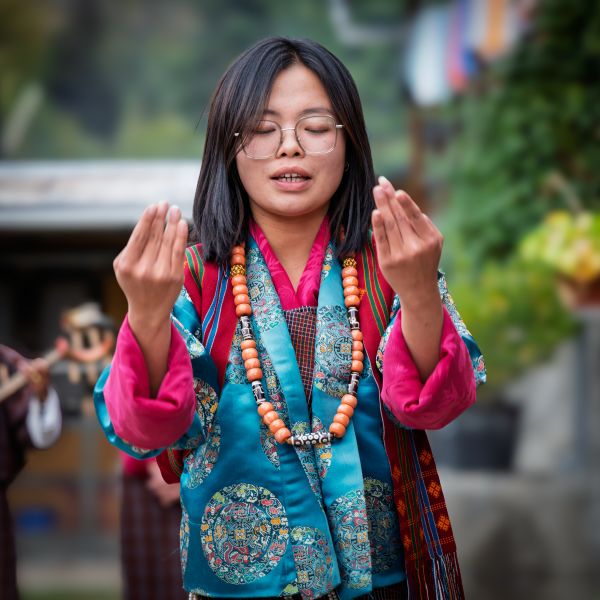
Between performances, they graciously posed for photographs, and I was struck by the craftsmanship of each mask – the detailed painting, the expressive features, the way they transformed the wearers into something mythical. These weren't mere costumes but sacred objects used in religious festivals and ritual dances that have been performed for centuries.
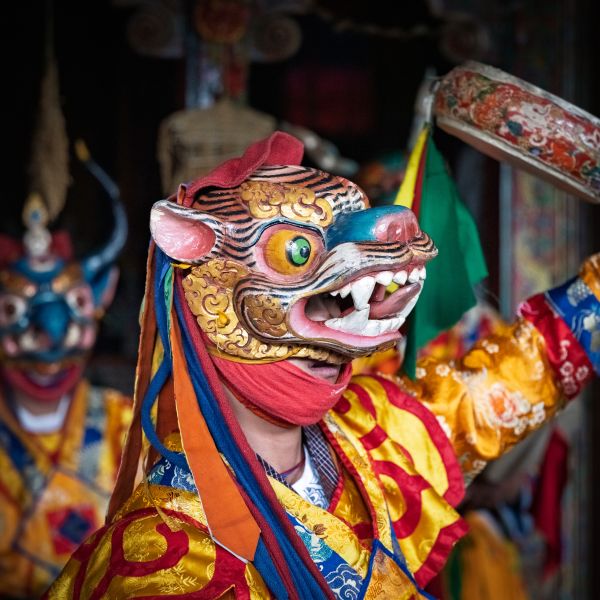
As evening approached, we made a quick foray into Paro's main street, which has admittedly become quite tourist-oriented. Shops selling singing bowls, thangkas, textiles, and prayer flags lined both sides, and I found myself both drawn to the beautiful crafts and slightly overwhelmed by the commercialisation – a stark contrast to the more authentic experiences we'd had elsewhere.
But any disappointment vanished as blue hour descended. We positioned ourselves with clear views of Paro Dzong, perched majestically on the hillside above the town. As the sun set behind the western peaks, the fortress monastery was transformed. Its white walls seemed to glow against the darkening mountains, while the traditional red and gold trim caught the last rays of light. The sky shifted through shades of cobalt and indigo, and lights began to twinkle within the dzong's windows. The reflection in the river below completed the scene – a perfect, peaceful moment of Himalayan magic.
Tomorrow brings our most anticipated and challenging day: the hike to Taktsang Monastery, the Tiger's Nest, clinging impossibly to a cliff face 900 meters above the valley floor. We headed back to our hotel for an early dinner and turned in before 9 PM, knowing we'd need every bit of energy for the climb ahead.
The phalluses, the masked dancers, the ancient bridge, and that glowing dzong against the twilight – Day 11 had woven together the sacred and the earthy, the ancient and the enduring, in a way that felt quintessentially Bhutanese.
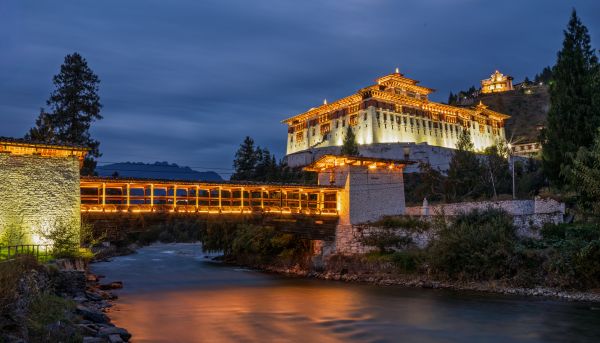
You Might Also Like...
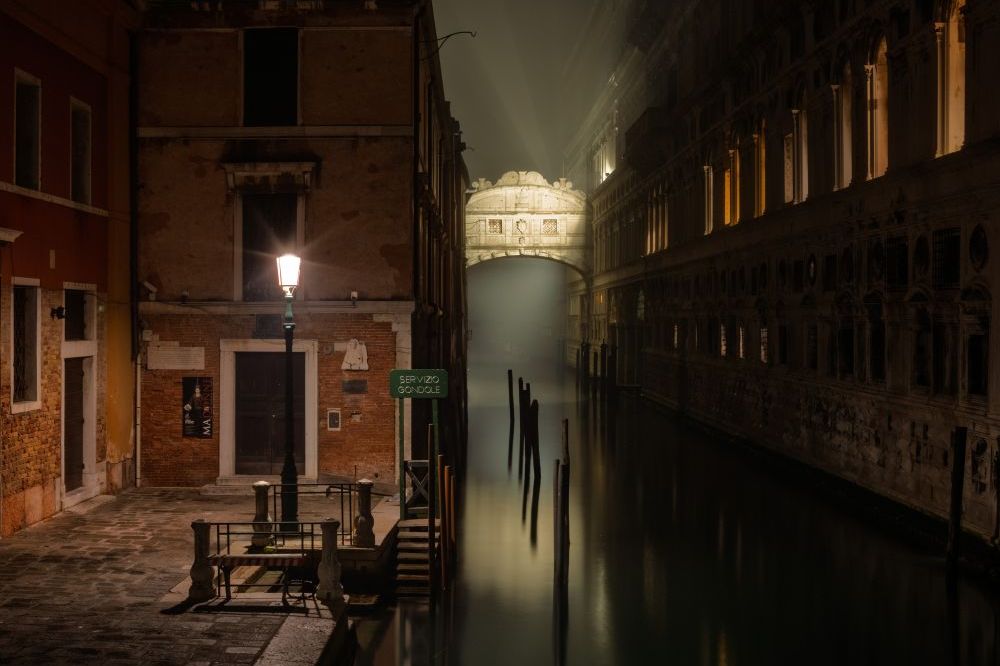
Posted on 14/12/25
Venice Through the Square Frame.
This was my sixth visit to Venice, and yet the city continues to reveal itself in new ways. Four days of early mornings, atmospheric mist, and the distinctive click of my Hasselblad—this time, I was determined to see La Serenissima through the square format's unique perspective.
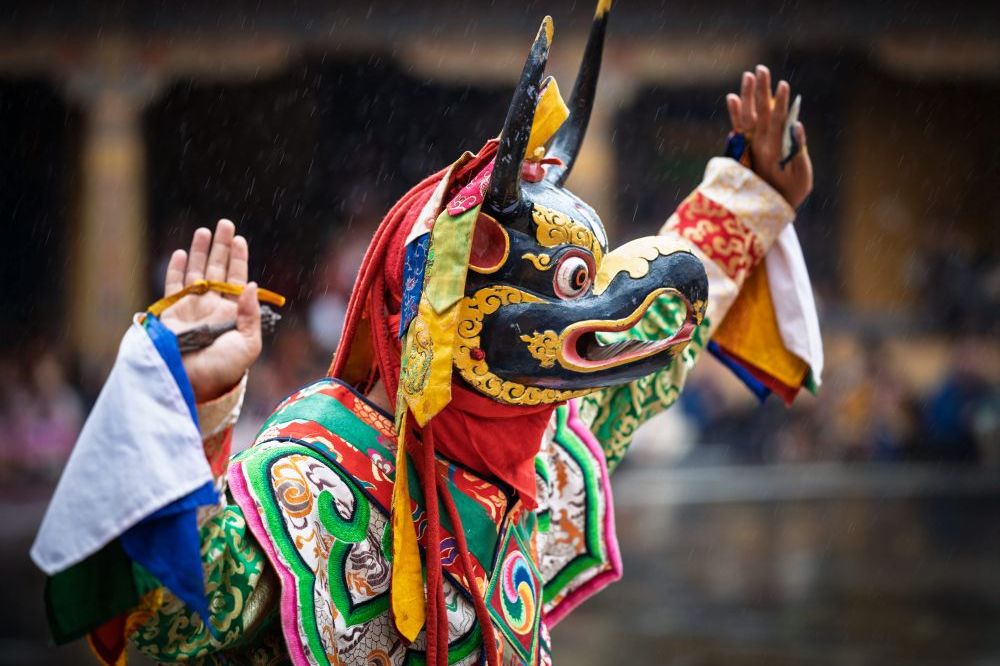
Posted on 30/10/25
Bhutan - Day 14 - Sacred Dances and A Final Bhutanese Blessing
Day 14: Sacred Dances in the Rain - A Final Bhutanese Blessing
The pre-dawn darkness of our last full day in Bhutan found us preparing to leave Paro, our destination a traditional festival in Choekor winding along the AH-48 road through the mountains. As our bus climbed into the highlands, the heavens opened, draping the landscape in sheets of rain that would become our constant companion for the journey.
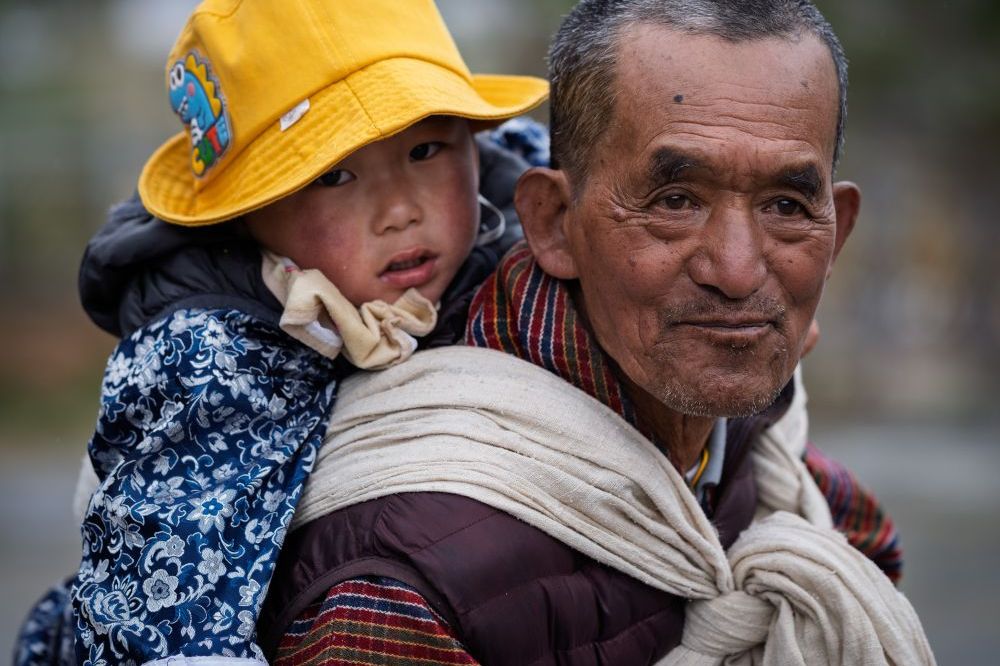
Posted on 29/10/25
Bhutan - Day 13 - Haa Festival - Sacred Dances in the Rain
The journey from Paro to Haa Valley proved to be one of our most dramatic drives yet. Climbing to 3,998 meters at the Chele La Pass, we crossed into a different world before descending for 1.5 hours into the remote Haa Valley. The landscape unfolded beneath us, watched over by the imposing Meri Puensum—three sacred hills that dominate every view in the valley.

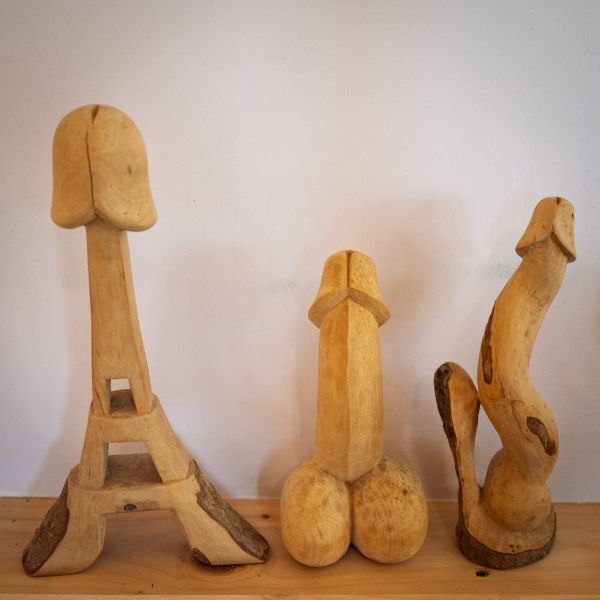
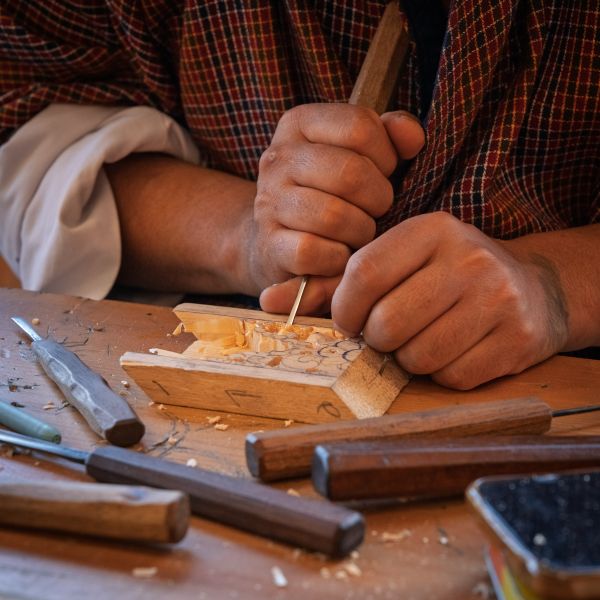
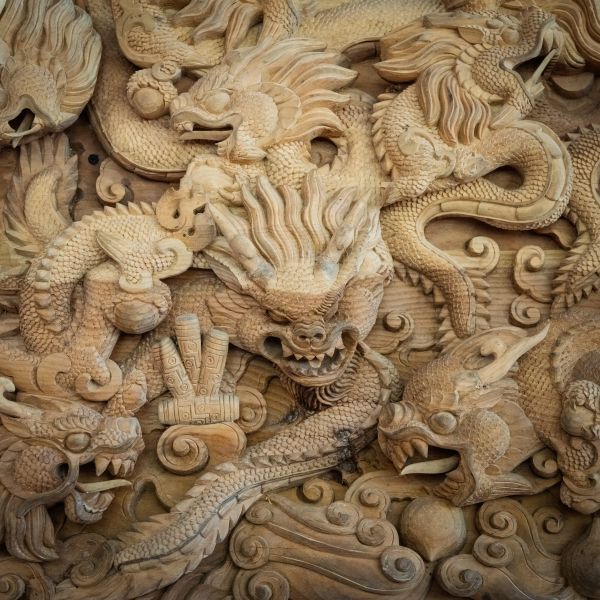
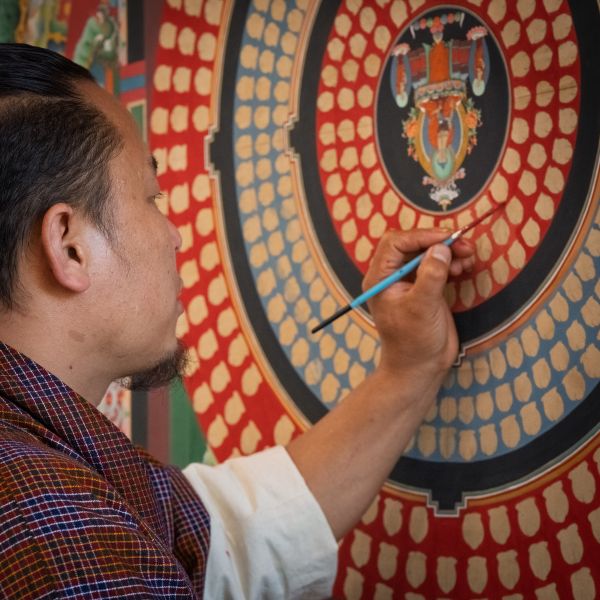
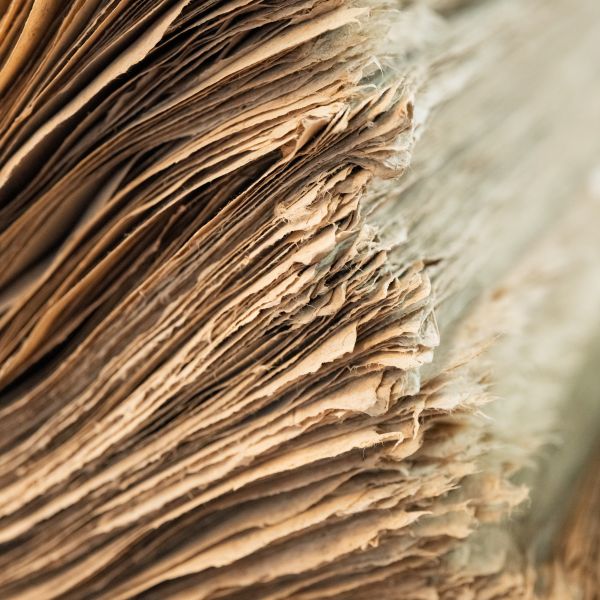
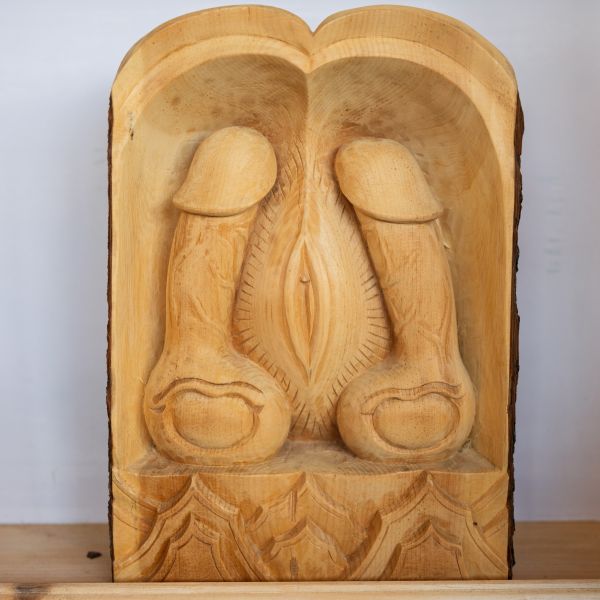
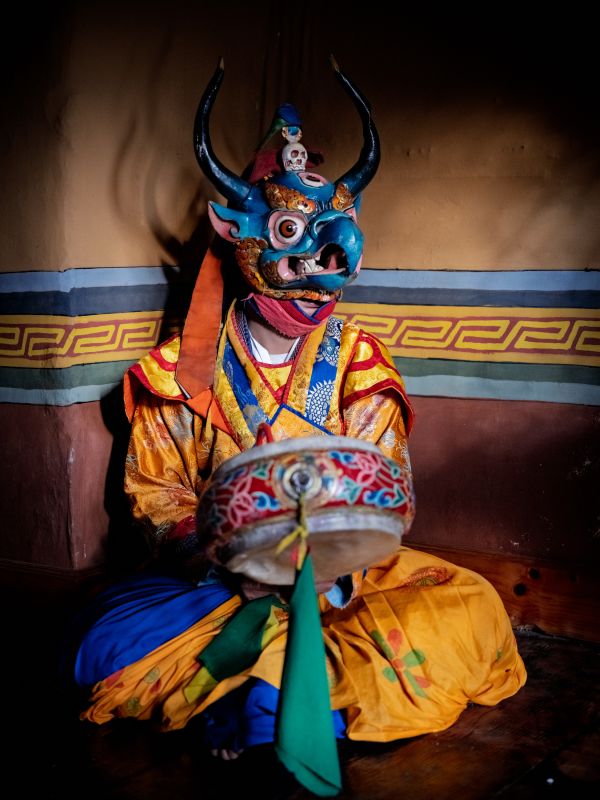
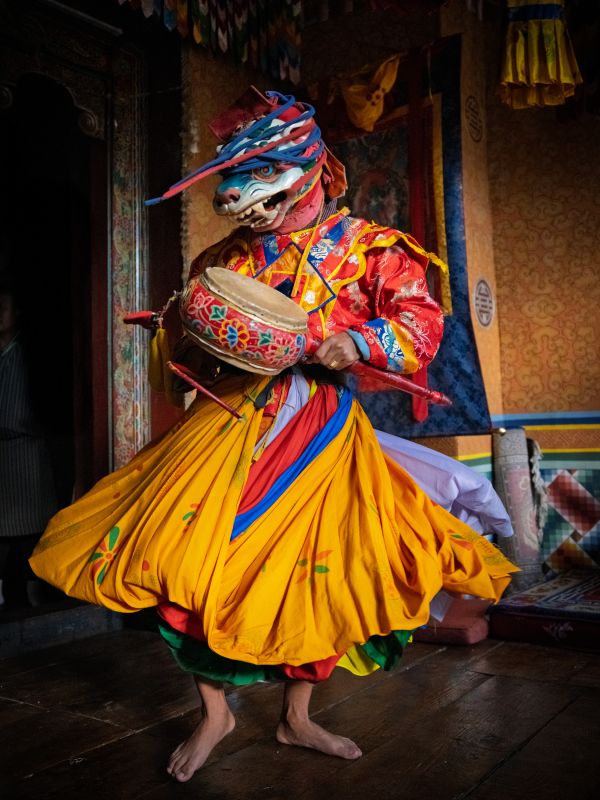
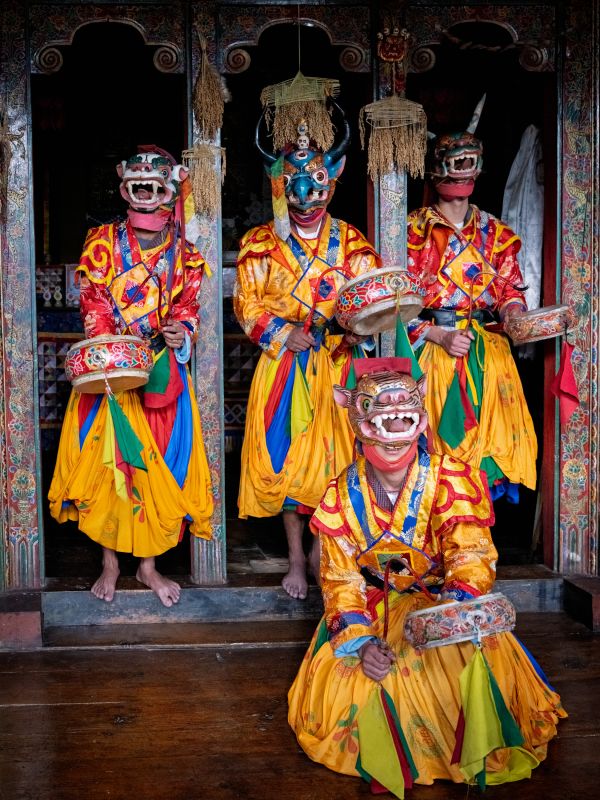
Leave A Comment
Please submit your comment below. No registration required.